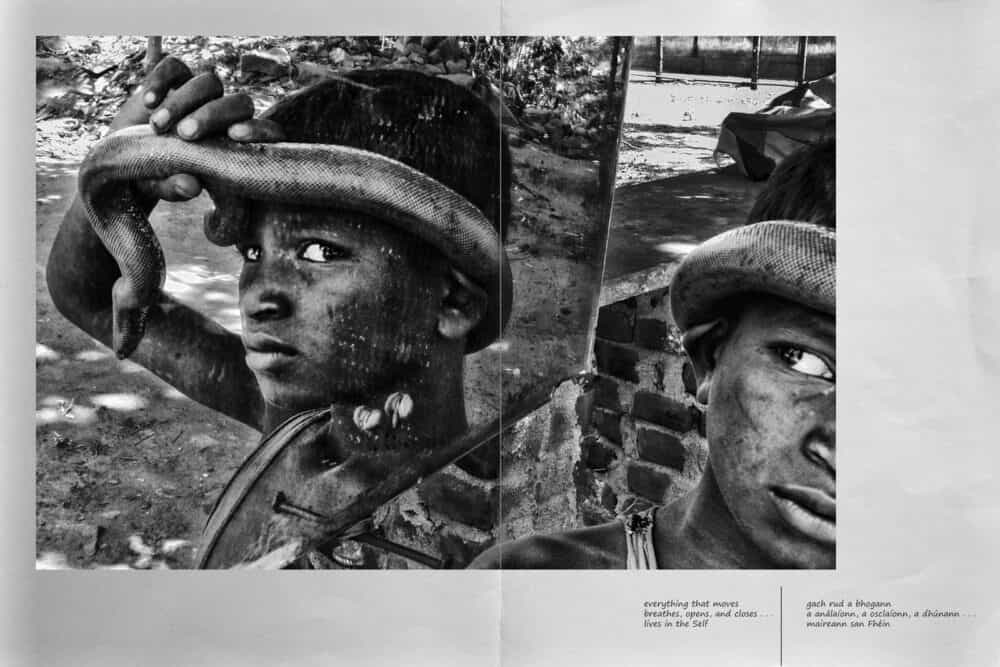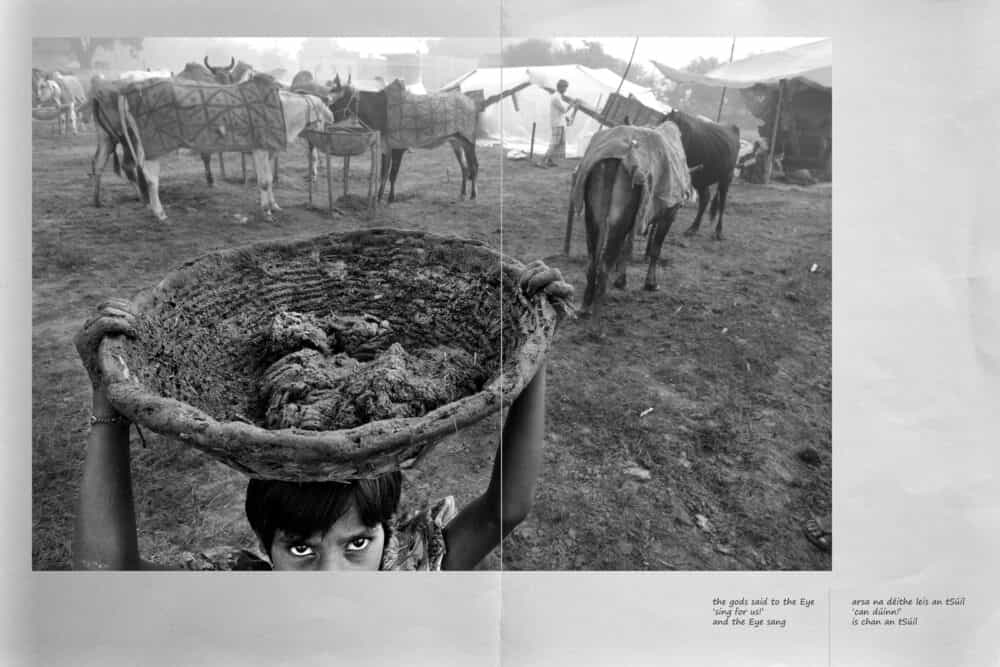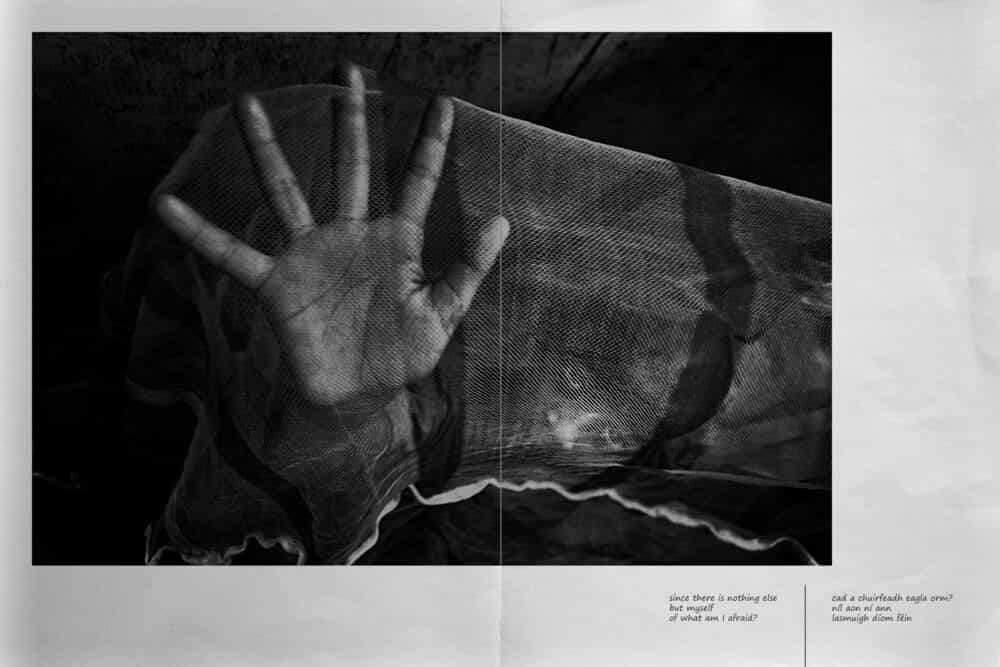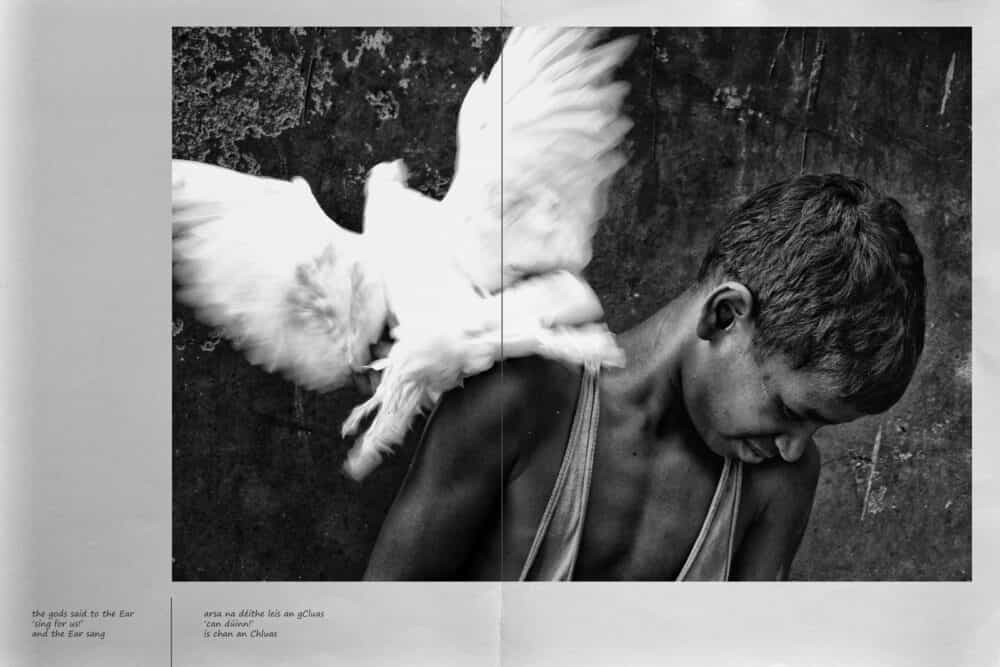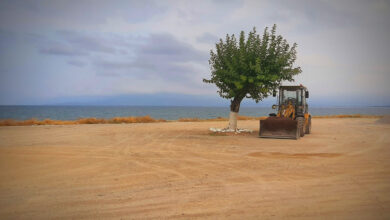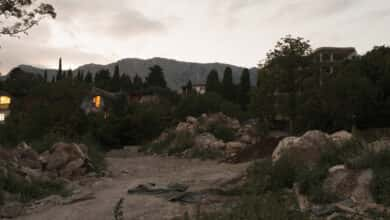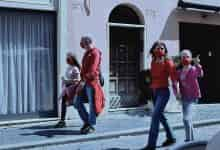What have Debiprasad Mukherjee and Gabriel Rosenstock got in common?
One is a Kolkata-based Indian photographer and the other is a Dublin-based bilingual Irish poet. Both artists are abundantly creative, steeped in their own culture, and yet thoroughly convinced that what unites them is much greater than what may divide them, ethnically and geographically. Is it an accident that they got to know one another or was this work, The Stars Are His Bones, waiting for aeons to come into existence?

Both artists believe in the integrity of their respective arts. It is what they live for and espouse on a daily basis. The photographer envies the wordsmith, and the wordsmith envies the photographer, so they announce, ‘Put small-mindedness aside! Let’s combine our gifts to create something spectacular that hasn’t been seen before. And so, Debiprasad’s photographs, created in a particular place and at a particular time, take on a new, universal context when paired with fragments from an early translation of the Upanishads, reshaped as arresting haiku by Gabriel. These ‘found haiku’ remind Gabriel of three-line pearls of wisdom from the ancient Gaelic tradition known as triads. The old becoming new again, this is the cycle of art, the cycle of life.

The Stars Are His Bones is the result of their creative, spontaneous and joyous collaboration, carefully honed and polished over a three-year period. The Stars Are His Bones is not a proselytising project, either as a book, concept or exhibition. Nevertheless, both photographer and author recognise that their work is inspired by the One inexhaustible Self – the core teachings of the Upanishads – and that their combined creative energies have produced something that surprised themselves, initially, and continues to surprise them. For this is a story – like the Self – which has no beginning, no end.
The Stars Are His Bones offers itself to audiences as a unique experience in which image and text can be contemplated separately and together. In a world that is still troubled by political and religious tensions, this work suggests an alternative transcendental vision of the shared Self, beyond borders, beyond class and all ethnic, political and religious differences. Far from being fuzzy or ethereal, the images and ‘found haiku‘ in The Stars Are His Bones yield their flesh-and-blood reality, their here and now clarity, to those who linger in their aura.
